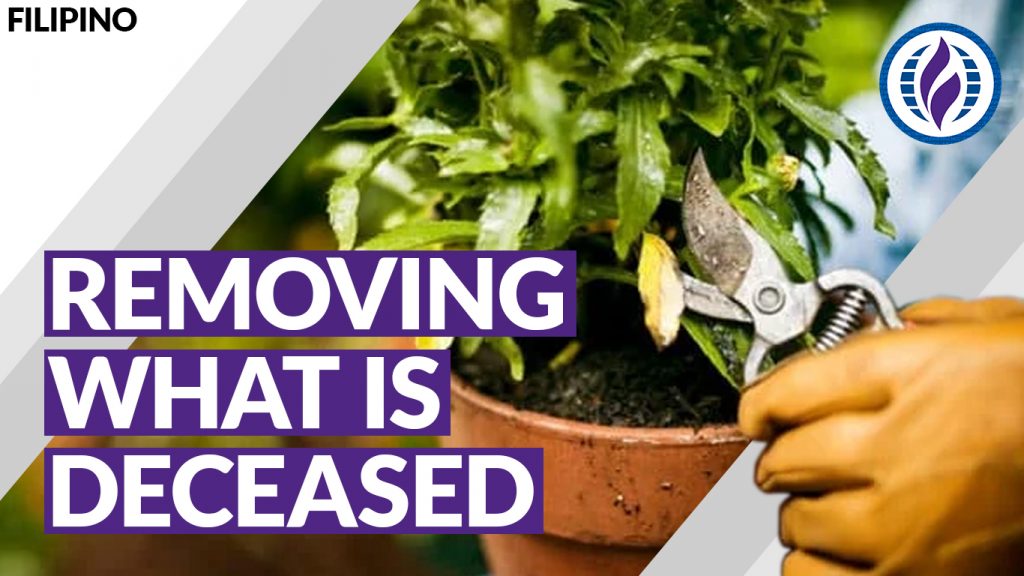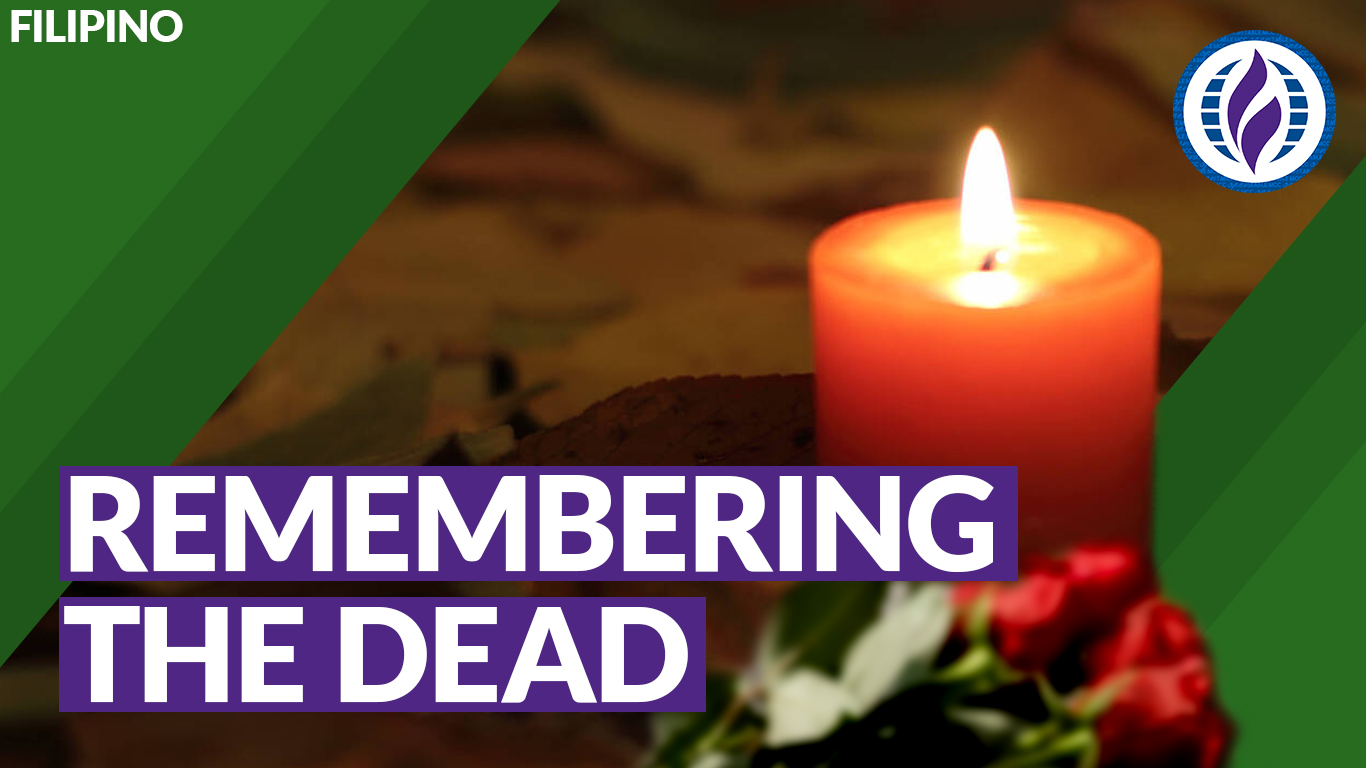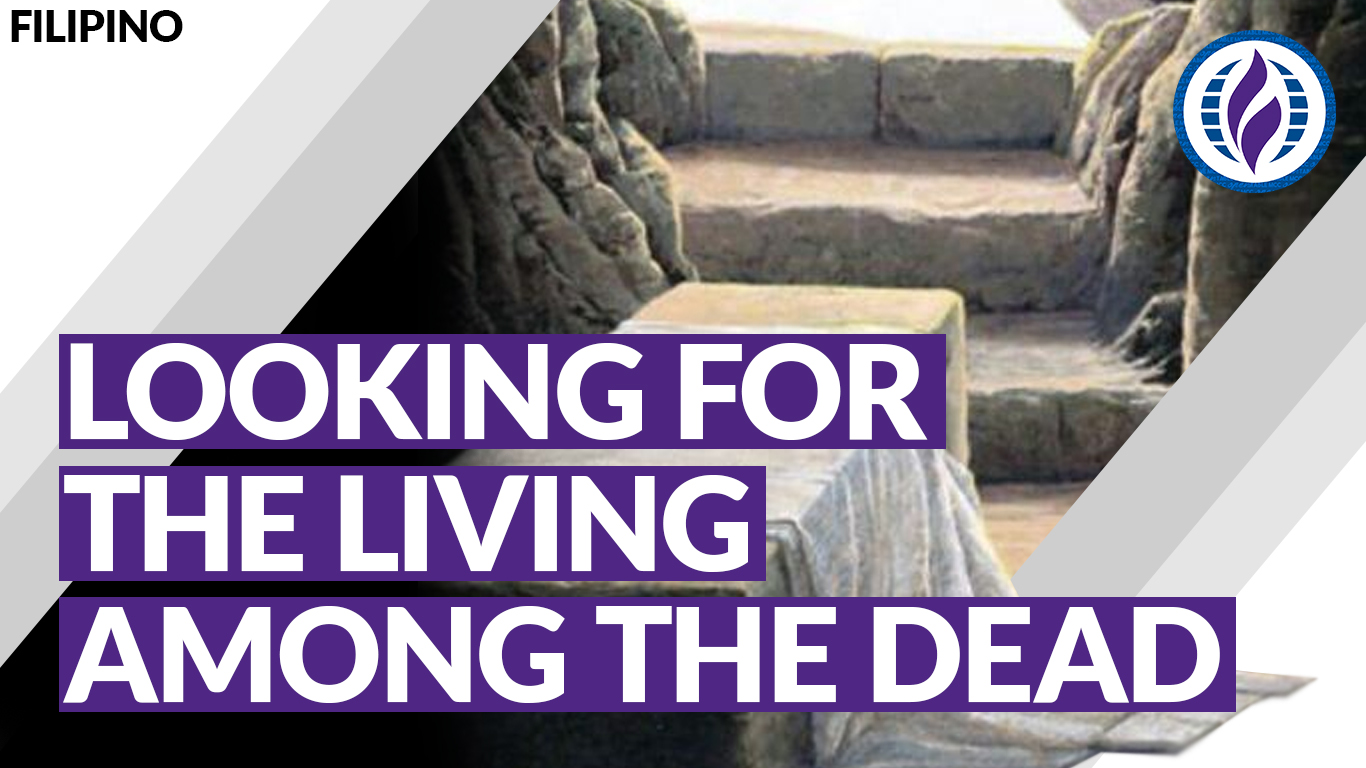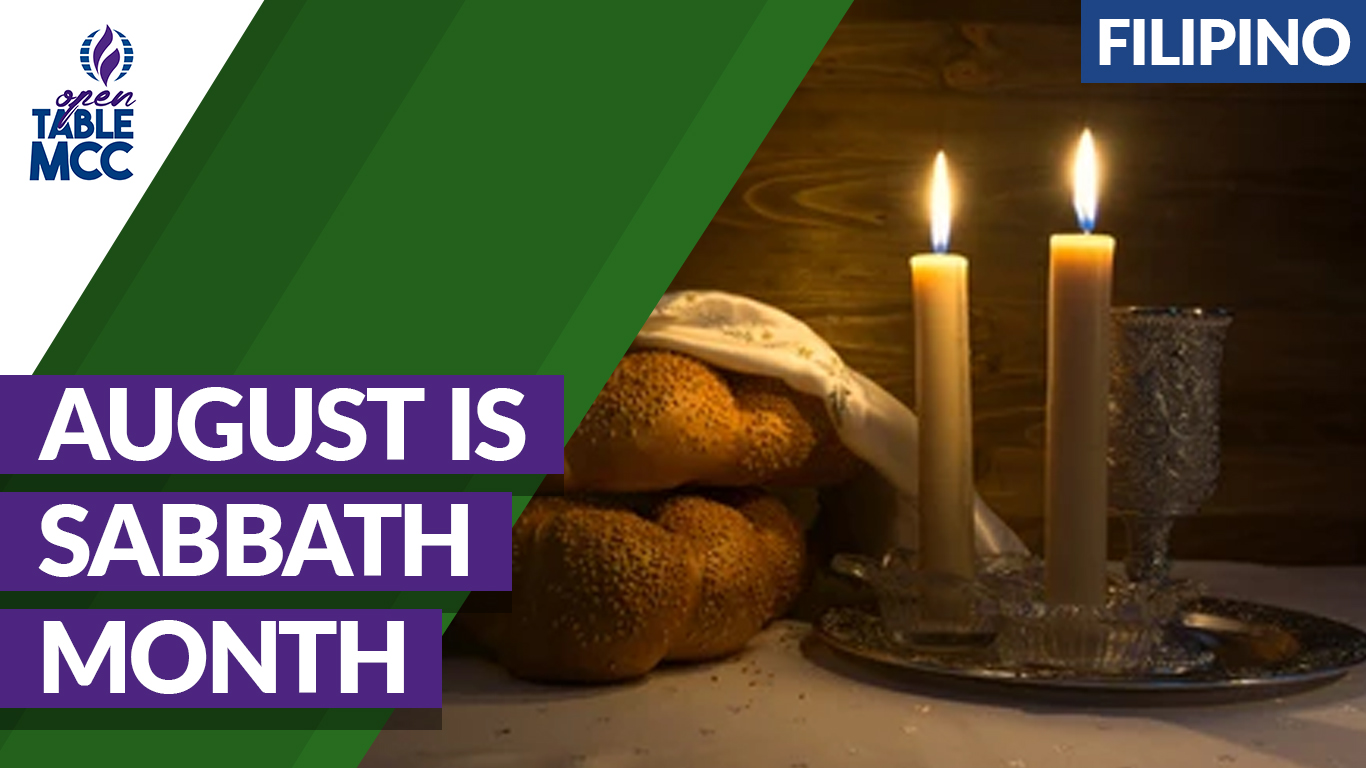Pruning trees and shrubs is an art and a science. From an artistic perspective, a discerning eye is needed to evaluate a plant, then determine what (if anything) must be done to achieve the desired appearance. From a scientific perspective, knowing the when, where, and how of pruning a plant is equally, if not more, important. However, it isn’t necessary for a gardener to be an artist or a scientist to achieve quality results.
It could be argued the art of pruning begins before a plant is ever placed into the ground. Following a “Right Plant, Right Place’” approach to choosing plants for the landscape helps many gardeners avoid unnecessary and laborious pruning tasks. Why create a problem, when it could be avoided altogether?
When considering the science of pruning, it’s important to contemplate how pruning affects the plant. In essence, the activity of pruning causes damage and stress to the plant. In many instances, pruning is necessary to improve the health and productivity of a plant in the long term.
Contemporary Reading
The Art And Science Of Pruning by N. Jordan Franklin – Clemson Cooperative Extension Home & Garden Information Center
“I am the Real Vine and my Father is the Farmer. He cuts off every branch of me that doesn’t bear grapes. And every branch that is grape-bearing he prunes back so it will bear even more. You are already pruned back by the message I have spoken.
“Live in me. Make your home in me just as I do in you. In the same way that a branch can’t bear grapes by itself but only by being joined to the vine, you can’t bear fruit unless you are joined with me.
“I am the Vine, you are the branches. When you’re joined with me and I with you, the relation intimate and organic, the harvest is sure to be abundant. Separated, you can’t produce a thing.
Scripture Reading
John 15:1-5 (MSG)
Pruning: Letting Go and Letting Die
Removing and Cutting things are part of life. It is deeply spiritual. We can look at it both for the personal and the collective – in group settings. Even Jesus has something to say about removing those who not producing fruits in our reading from John 15 and those who are stubborn and would not accept correction in Matthew 18:15-17, and the Apostle Paul talks about removing those who are causing, scandle, harm or trouble in the communities. In a more personal dimension, Jesus, Paul, and spiritual leaders talk about removing from yourself bad attitudes and behavior.
Pruning or removing things is part of life. We cut our hair and style it. We even cut our pubic hair. We cut our nails. We scrub away dead skin. In preparing food, we do not only cut to size, we also cut the unneeded parts of vegetables and meat, especially those that are poisonous. For in as much as cutting is a necessary process of our bodies and our daily lives, so too is cutting a deeply spiritual practice both personally and relationally.
Pruning that Beautifies:
Our contemporary reading tells us:
“Pruning trees and shrubs is an art and a science. From an artistic perspective, a discerning eye is needed to evaluate a plant, then determine what (if anything) must be done to achieve the desired appearance.”
Pruning or cutting things away is done to achieve a desirable appearance. To remove things internally and externally – somehow gives a certain appearance that is desirable. When you remove anger or envy internally you become attractive. From what was removed generosity and kindness will emerge and grow, you become desirable or pleasant to others. When bad, harmful or troublesome individuals are removed from your life, you begin to glow up. Same with community.
Pruning is a Reflective and Intentional Process
Our contemporary reading further says:
“From a scientific perspective, knowing the when, where, and how of pruning a plant is equally, if not more, important.”
Pruning is a process in itself and it is a process within the larger process of gardening or farming. If you prune or cut too much and too often, this will also harm you and weaken you. If you cut too many people out of your life too often without much consideration, this harms you and weakens you. If you cut certain things and endeavors immediately thinking that doing so will make you permanently happy, you might be mistaken. Konting bagay lang or a momentary discomfort, you immediately get up your moral horse and cancel others instantaneously. Cutting relationships, unless it is violent or clearly abusive, may need a bit of time to process and discern. It takes a bit of time to check, feel, and determine whether it is necessary to cut, to wait a certain period of time before cutting, or later realize not to cut at all. Jesus talked about the parable of the weeds (not part of our readings today) – where an enemy sowed weeds in the field of good crops one evening. In the morning, the servants told the master of the house and suggested that they will remove them right away but the master said not to do it because doing so will also harm the good crops. He told them to let the weeds grow together with the good crops. Just manage it and when harvest time comes, then the weeds can be pulled out together with the crops. Necessary ang pagpuputol ng mga bagay at maski mga tao sa ating buhay minsan meron kailangan alisin o putulin, pero ito ay proseso at nangangailangan ng mataimtim na pag-iisip at panahon. Even a strategy.
For example, it is unfortunate that there are young people trapped in homophobic homes. Certainly, if the home is violent and a threat to the life of the queer child, they need to be cut off from those homes. Pero may mga sitwasyun din na kahit homophobic yung family, livable pa naman and what I tell to some young people, “anak, tiis-tiis. Pag nakapagtapos ka na ng pag-aaral mo at kaya mo na tumayo sa sarili mong mga paa, layasan mo na yang mga punyeta mong pamilya. When you’re able to make it on your own after graduating from college, you can cut off from your life your homophobic and transphobic family if it has to come to that.” Sometimes, between being homeless and a queer young person doing sex work to survive versus the discomfort of a homophobic family… well you know. It is not an ideal situation. The tw choices are not good. Nonetheless, I would tell the young child, if it is still possible, to stay in the home, survive till graduation, and only by then, can the child leave home. Again, depende sa sitwasyon. There are situations that you really need to remove yourself from a space, relationship or work. Pero ang gusto ko lang sabihin at ipangaral this week, wag rin tayong nagpuputol ng mga relasyon, connection at iba pang mga bagay ng ganun-ganun na lang. Some relationships and things need time, patience, and process to determine if they really need to be cut-off or to stay. Many times, the process itself will naturally remove things and people from your life in as much as you will also be removed from other people’s lives.
As much as you want to remove trauma or certain mental health conditions immediately, they take time to process. Grief takes time to process. Hatred takes time to process. Certain behaviors and attitudes takes time to be changed and transformed. Wag mong ishort-cut or madaliin. People and things that are not for you will fall away in the process. Like leaves and branches that naturally fall to the ground with only the wind – the Spirit – intervening.
Good Soil. Less Pruning.
Our contemporary reading tells us:
It could be argued the art of pruning begins before a plant is ever placed into the ground. Following a “Right Plant, Right Place’” approach to choosing plants for the landscape helps many gardeners avoid unnecessary and laborious pruning tasks. Why create a problem, when it could be avoided altogether?
In certain situations, it is not about cutting at all. It is about where you are or where you plant yourself. If you plant yourself and your seeds in good soil, it doesn’t take a lot of time and effort to prune. A good soil will yield good plants that bloom with beautiful flowers or produce good fruits. There’s less decease and decay. Therefore, less effort and frequency to cut. Although, a deceased plant if placed in a good environment, will take a bit of time to heal and grow. There may even come to a point that it will shed almost all of its leaves na parang madedeads na. But eventually, it thrives and emerges. Pruning will always be necessary regardless of where you are, while at the same time, a good environment takes less than a bad one. And only a good environment will regularly PRUNE you to your growth and to your best.
Pruning is for long term growth and good health
Our contemporary reading says that cutting branches, leaves and other parts of any plant causes stress to the plant, however, it also says that, “In many instances, pruning is necessary to improve the health and productivity of a plant in the long term.”
Growth, learning, transformation, even healing has their discomfort. Has their stress. When a butterfly tries to breakout of its cocoon, that is uncomfortable. When a crab or lobster has outgrown its shell, the process of shedding or removing body from the shell is uncomfortable. Might even be painful and may cause some wounds or bruises to the new soft shell. When a seed sprouts, it needs to exert pressure to emerge from the soil. There is no growth, healing or transformation without its necessary stress or discomfort. Another word for discomfort is struggle and not all struggles are bad. Some will push you and lead you to grow and learn. To be a better person. To be a better version of yourself. To prune and to be pruned as mentioned earlier is to bring out the natural beauty of a plant. In short tiis ganda. Gusto gumanda kailangan magtiis. This is especially true for our transgender sisters, brothers, and siblings. In order to live their true selves they had to go through a lot of discomfort and struggle. A lot of pruning. They had to cut a lot of things about their former selves, or the identities that were never true for them in the first place. They had to cut a lot of things psychologically and even literally, physical. It may take years and even decades to finally prune themselves to the beautiful human being that originally are. And yet, the pruning will continue. Perhaps less now than before. Our reading says, Cutting is necessary to sustain and improve health and productivity in the long term.
Let the Soil recycle and transform what you have pruned to become food.
Everything that you have cut away or things that fell – dead or deceased branches and leaves, yung mga lanta na mga bulaklak – let the ground, the good soil process them to become nourishment in the future. Our dark emotions and experiences, when they’re cut and processed properly, they no longer affect us negatively while at the same time they become sources of healing, nourishment, and even growth for ourselves and others. Your dark experiences and emotions becomes a source of encouragement and learning for others. They become a source of courage and strength for others to speak up and fight back. They inspire others to also begin the process of cutting and pruning in their own life. They inspire others to join the cause of a common struggle and purpose.
Spiritual Deconstruction
So far, I have talked about the above in a very personal way. It is also applicable in Spiritual and theological deconstruction and reconstruction. What religious beliefs, doctrines, interpretations, and practices that you need to prune or cut away from your soul? For those who have been doing deconstruction for the longest time, what things you need to refine para naman makaalis ka na sa deconstruction and proceed to reconstruction? Maybe you need to let go and cut away a lot of your religious affection for your former church or theological tradition so that a better experience of the Spirit and the love of God can begin to sprout in your life and faith? Perhaps you need to cut away the old and oppressive version and image of God so that THE PRESENCE can begin to emerge and grow within you and around you?
Pruning Church
Pruning is also applicable to our Open Table Church community as it was in the church of Corinth, the Church of Rome, the Church of Galatia, and all the other churches that Paul preached and wrote letters to.
In our 16 years history, God had to plant and replant us. God had to prune – first cutting away the main bad and deceased root back in 2012. Then God had to prune us as early as 2015 up to 2017 when we were significantly reduced to about 8 people. From that 8, may natanggal o nawala pa ulit but others got grafted. May nawala at naputol, pumalit si Josh and others. May pinuputol pero may kinakabit or umuusbong muli. Nagpatuloy ang pruning and grafting. 2019, we grew and then became small again. The 16 years of gardening and pruning was necessary for the long-term health and growth of the church of open table mcc. But I think this time, God’s pruning will be less and less frequent than during the dark ages of the church.
The most important thing in all of this whether personally or with spiritual deconstruction, or here in this church community, the most important thing is that we have and will always be rooted and grafted to Jesus Christ. Sa lahat ng chakang nangyari at mangyayari sa ating buhay, spiritualidad, mga relasyon at sa kumunidad na ito, sa lahat-lahat, hinding-hindi natin pinuputol ang ating sarili mula kay Kristo. Putulin mo na ang maraming bagay at mga tao sa buhay mo or putulin ka na ng iba mula sa kanilang buhay… wag na wag mo lang putilin ang sarili mo mula kay Kristo. You and I, all of us who claim to be Christians have to remain connected to the main trunk, the vine that is Jesus Christ. As long as we remain and abide in Christ – grounded in him – we will thrive. We will grow new branches and bloom new flowers, yield new and bountiful fruits.
So do not be afraid of cutting and being cut. Brave the discomfort of God’s pruning and your own process of pruning. Pruning is necessary. It is healthy. It is part of the great cycles and mysteries of life and of the Spirit. May you and the Holy Spirit prune you to the best version of who you are and who God intended you to be. Sya nawa. Amen.
Podcast: Play in new window | Download
Subscribe: Apple Podcasts | Spotify | RSS



